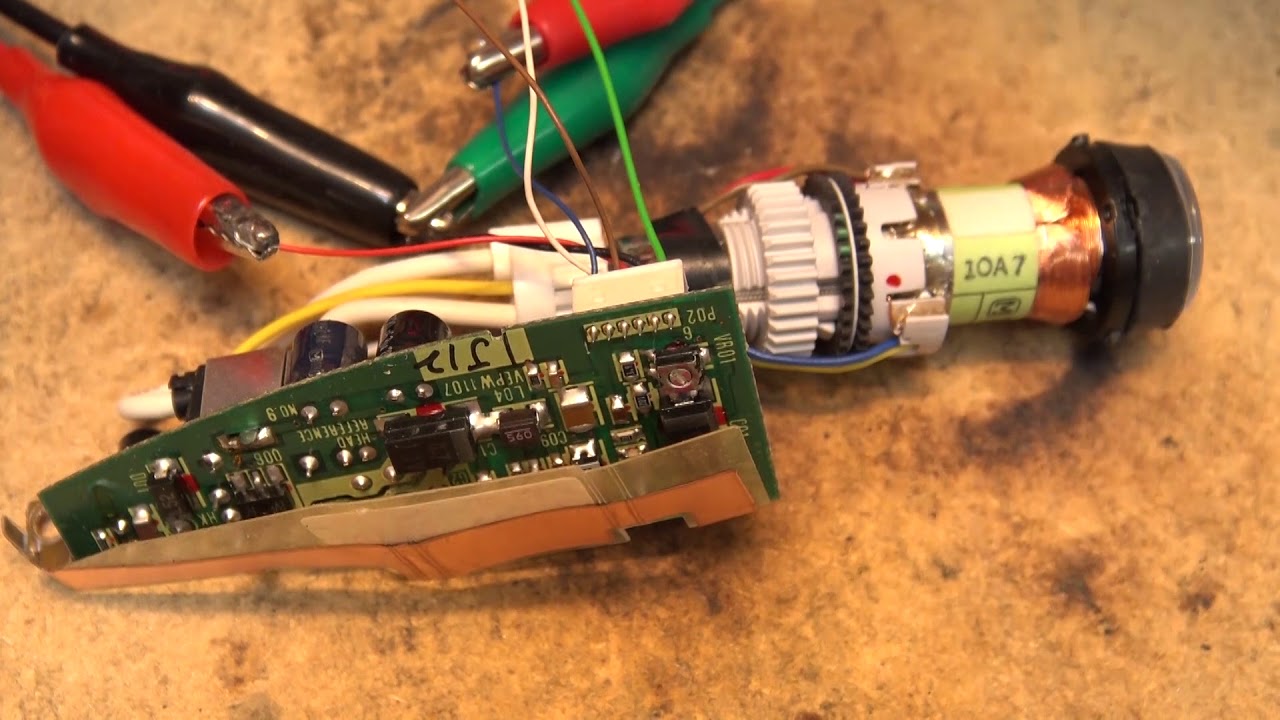Before the advent of liquid crystal video displays, some video camera/recorders (camcorders) used tiny cathode ray tubes to provide a viewfinder that monitored the actual video produced by the image sensor. In the 2022-11-12 post “World’s Smallest Commercially-Produced Magnetic Deflection CRT Display” we looked at a display from a Sony camcorder with a square tube providing a 1/2 inch (12.77 mm) diagonal screen display. Just slightly larger is this round tube made by Matsushita/Panasonic for one of their camcorders. In the viewfinder, the round tube was fitted with a square mask that cropped the face to the video image. The entire display was powered from a 5 volt supply and generated the high voltage for the acceleration anode on board.
These tiny tubes, equipped with a magnetic deflection yoke, actually produced images which were superior in contrast and response time to the liquid crystal displays that supplanted them. Only several years later did various flat panel displays allow viewfinders with better performance and, eventually, colour images.
